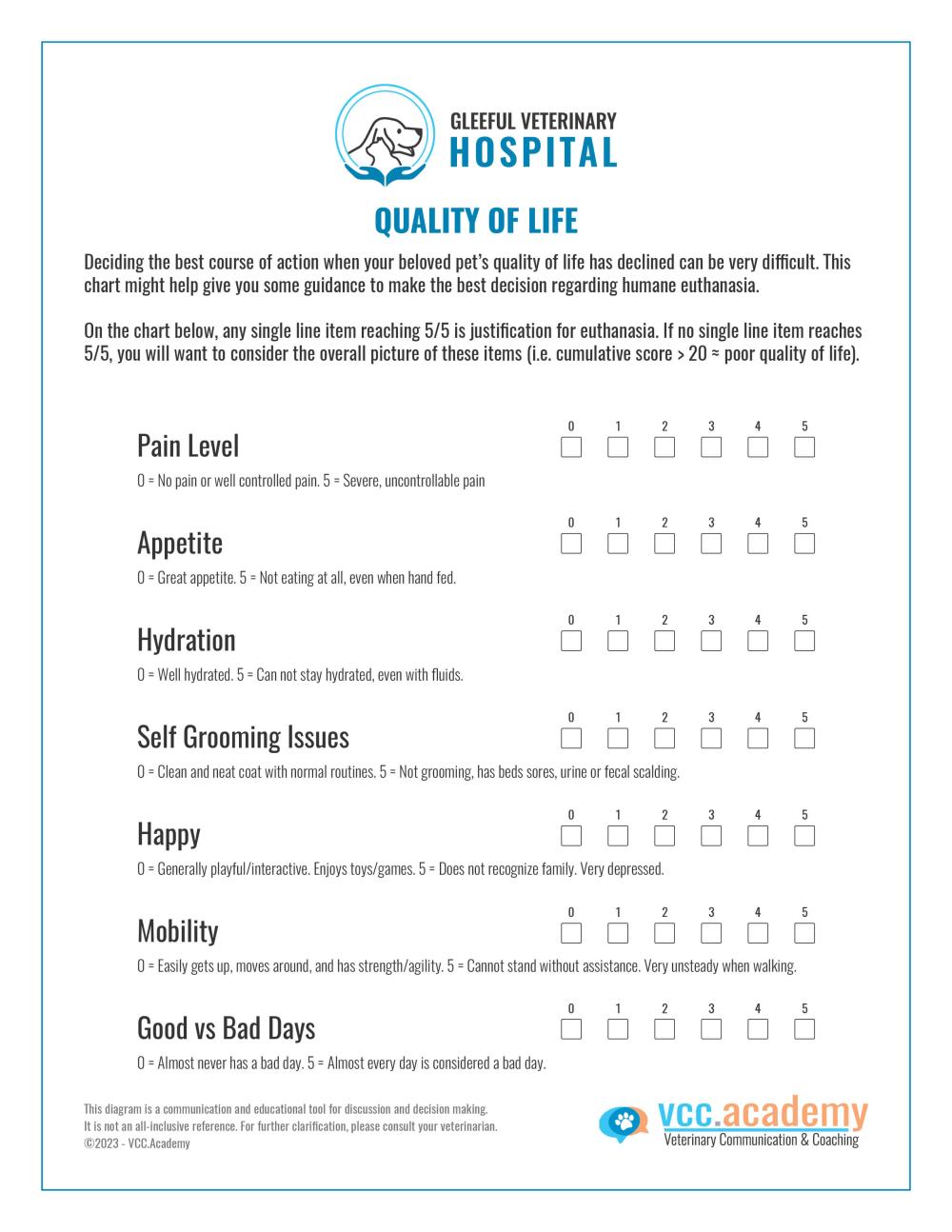
Your clients develop deep bonds with their beloved animals over the years. They can become members of their families, providing unconditional love and unwavering loyalty. However, as much as we wish pets could stay with us forever, they eventually face health challenges and age-related issues. When the time comes to make difficult decisions about an animal’s care, it can be emotionally overwhelming for pet owners.
To take on the role of a compassionate and knowledgeable veterinarian, guiding them through these tough choices is important. In fact, it’s some of the most meaningful work you can do in veterinary medicine. Let’s take a look at five tips that I’ve learned over my 20+ years as a practicing veterinarian that can help you support pet owners during moments of crisis where difficult decisions must be made.
Create a Safe and Honest Space
One of the most crucial aspects of helping pet owners through difficult decisions is fostering open communication. Excellent communication skills are essential as a veterinarian. You need to be able to create a safe and non-judgmental space where pet owners can share their concerns, fears, and emotions openly. Allow them to express their thoughts and feelings without feeling rushed or dismissed. Active listening is vital during these conversations, as it helps you understand their perspective better and allows them to feel heard and validated.
Empower Them with Information
Pet owners may feel overwhelmed and uncertain about their pet's health condition and the available options. As a guide, it is helpful to provide them with accurate and easy-to-understand information about their pet's condition, treatment options, and potential outcomes. Present both the advantages and disadvantages of each choice, allowing them to make an informed decision that aligns with their values and their pet's well-being.
Our client education diagrams are designed for this exact purpose. They serve as a visual aid for your clients and as a critical piece of your workup process in the exam room. They help align you with your clients and create a sense of partnership between you.

Here's an example of our Quality of Life Diagram in action: For some pet owners, particularly those that lean more toward the “C” or “S” DiSC personality style, the subjectivity of making a huge emotional decision can be overwhelming and they're ridden with tremendous guilt. In these cases, they may need help converting the subjective assessment of their pet’s quality of life to a more objective measurement of their pet’s quality of life. In these cases, consider using a score card to assess the overall quality of life and use it as an aide in making permanent decisions. When owner’s are struggling to make the decision, we use the quality of life diagram and have pet owners score the seven primary areas that reflect their pet’s overall quality of life. The diagram can even be sent to the owner ahead of time to stimulate thought and discussion points during the consultation.
Show Empathy and Compassion
Facing difficult decisions for a beloved pet can be emotionally taxing for owners. It is essential to offer empathy and compassion throughout the process. Recognize and validate their emotions, providing reassurance that it is natural to experience guilt or sadness during this time. Let them know that their love and care for their pet are evident and that they are doing their best to make the right choices.
Encourage Seeking Support
Encourage pet owners to seek support from friends, family, or support groups, as they navigate through this challenging period. Sometimes, talking to others who have experienced similar situations can provide comfort and valuable insights. Additionally, offer resources for counseling or therapy for those who may find it helpful in coping with their emotions.
Respect Their Decision
Ultimately, the decision about a pet's care lies with the owners. While you can provide guidance and support, it is essential to respect their choices, even if they differ from what you might have suggested. Avoid making judgments or imposing your opinions, and continue to offer your support regardless of the outcome.
Guiding pet owners through difficult decisions is a delicate task that requires compassion, understanding, and patience. As a veterinarian, your role goes beyond medical expertise; it encompasses emotional support and empathy for both the pets and their owners. By fostering a safe and honest space, empowering them with information, showing empathy, encouraging support-seeking, and respecting their decisions, you can help pet owners navigate these challenging times with love and care. Remember, being there for them during this process can make a significant difference in their healing journey and the bond they share with their pet.

Dr. Brett Bingham, DVM
In the early years of my veterinary practice, I learned the hard way that unintended bad communication can derail your best intentions. Through trial and error, I developed a communication course for myself and my veterinary team to develop confidence and success in the exam room. You can learn these powerful principles too! When great communication practices are put in place AND practiced regularly, you will see consistent growth, happier clients, and better job satisfaction.
Allow me to teach you the tools I’ve learned so that your practice can grow too.
